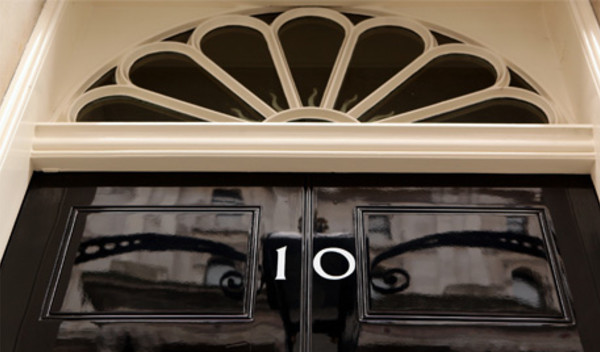

The chancellor has written to the Office of Tax Simplification asking for a review of inheritance tax (IHT), after describing the levy and the regime in which it operates as “particularly complex”.
The letter, signed by Philip Hammond, asked the OTS to look at whether the system is fit for purpose, and whether there are any opportunities for simplification.
The review is expected to look at the process of filing returns and paying the tax, as well as whether the system distorts the way people decide on transfers, investments and other types of transaction.
IHT has changed radically in recent years, after the government introduced a rate of relief for those passing their main home onto their children.
This new nil rate band will give couples or civil partners a £1m allowance by 2020. Single taxpayers would have a £500,000 allowance, which benefits direct descendants when they inherit. This will increase in line with the consumer prices index.
This isn’t the first time the OTS has looked at IHT. In its final report in 2011, the office mentioned the tax as one that it would be possible to simplify.
Inheritance Tax is a tax on the estate - the property, money and possessions - of someone who’s died.
There’s normally no IHT to pay if either the value of your estate is below the current £325,000 threshold, or if everything is left to a spouse or civil partner, a charity or a community amateur sports club.
If on death the family home is bequeathed to children - including adopted, foster or stepchildren - or grandchildren, the threshold increases to £425,000.
If a couple are married or in a civil partnership and the estate is worth less than their threshold, any unused threshold can be added to a partner’s threshold when the other dies. This means their threshold can be as much as £850,000.
The standard Inheritance Tax rate is 40 per cent. It’s only charged on the part of an estate that is above the threshold.



